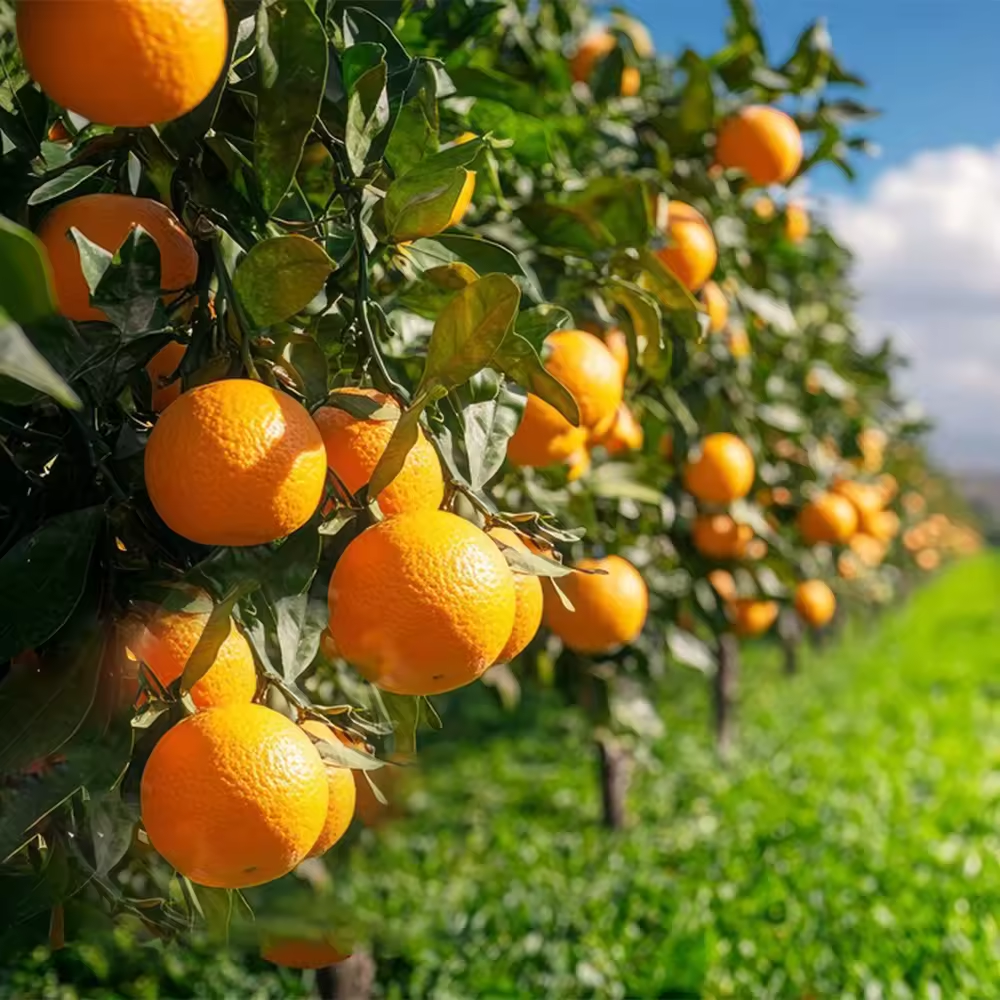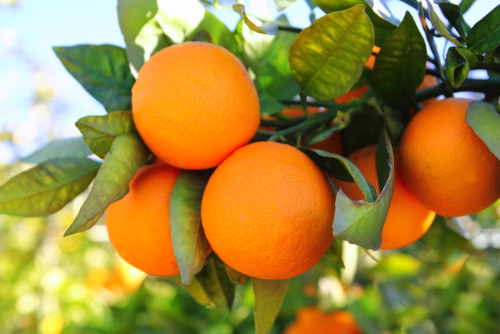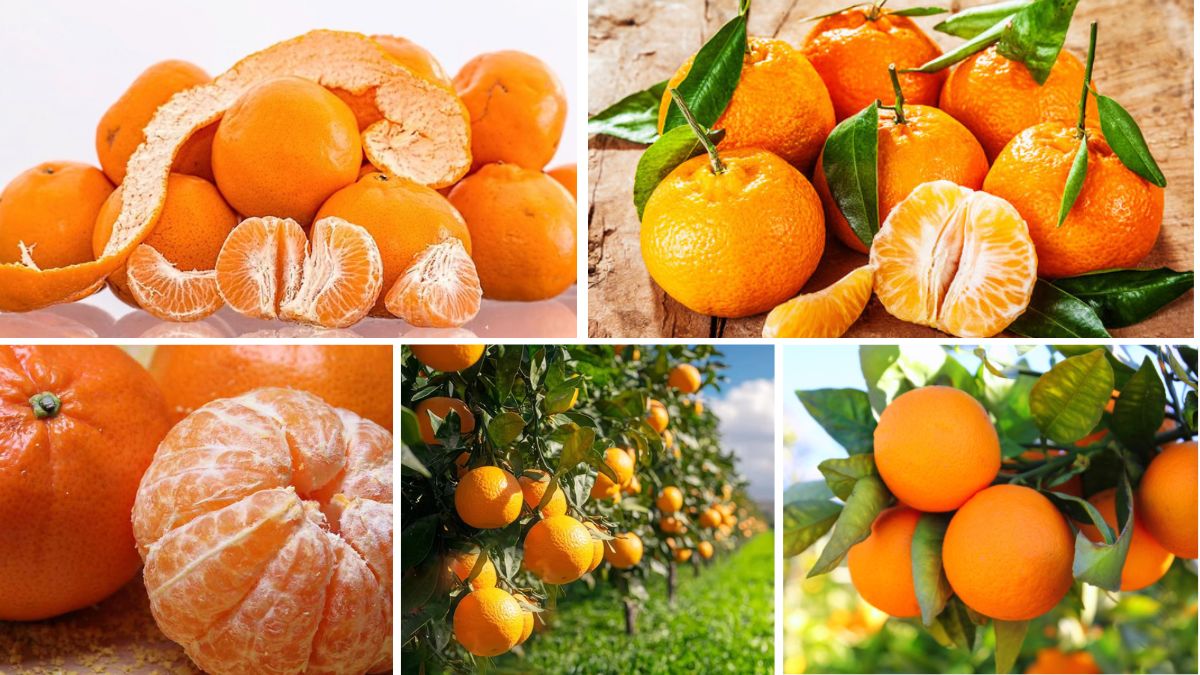Oranges, the vibrant and tangy fruits of the citrus family, have long been a staple in diets worldwide. Their versatility—from fresh consumption to juice production—makes them a global commodity. But when it comes to exporting these golden orbs, which country leads the pack? Let’s delve into the world of orange exports to uncover the top exporters and understand the dynamics of this global trade.
Spain: The Global Leader in Orange Exports

Spain has firmly established itself as the world’s largest exporter of fresh oranges. In 2023, Spain exported over 1.24 million metric tonnes of oranges, valued at approximately $1.29 billion . This dominance is attributed to several factors:
- Ideal Climate: Spain’s Mediterranean climate provides optimal conditions for orange cultivation, ensuring high-quality produce.
- Efficient Logistics: Proximity to major European markets allows for swift distribution, maintaining freshness upon arrival.
- Varietal Excellence: Spanish varieties like Navel and Valencia are renowned for their sweetness and juiciness, making them favorites among consumers.
Egypt: A Rising Power in Orange Exports

Egypt has emerged as a formidable player in the global orange export arena. In 2023, Egypt exported over 718,000 metric tonnes of oranges, valued at approximately $795 million . Key factors contributing to Egypt’s rise include:
- Expanding Production: Egypt’s favorable agricultural policies and investments in irrigation have boosted orange yields.
- Diverse Markets: Egyptian oranges reach over 126 countries, with top destinations including Saudi Arabia, the Netherlands, Russia, the United Arab Emirates, and Spain .
- Strategic Positioning: Egypt’s location offers logistical advantages, facilitating access to both European and Middle Eastern markets.
South Africa: A Southern Hemisphere Giant

South Africa stands as the leading orange exporter in the Southern Hemisphere. In 2024, the country exported approximately 2.23 million metric tonnes of citrus fruits, with oranges constituting a significant portion . Factors influencing South Africa’s export success include:
- Seasonal Advantage: South Africa’s harvest season complements that of Northern Hemisphere producers, filling market gaps.
- Established Trade Routes: Long-standing trade relationships with European and Middle Eastern countries ensure steady demand.
- Quality Assurance: South African oranges are known for their high quality, adhering to international standards.
United States: A Major Exporter with Regional Challenges

The United States, particularly Florida, has historically been a leading exporter of oranges. However, recent challenges have impacted its position:
- Production Decline: Florida’s orange production has faced setbacks due to hurricanes and citrus greening disease, leading to a decrease in export volumes .
- Market Shifts: Despite these challenges, the U.S. remains a significant exporter, with exports valued at over $521 million in 2023 .
Netherlands: A Key European Hub

While not a major producer, the Netherlands plays a crucial role in the global orange export market:
- Re-exportation Hub: The Netherlands imports large quantities of oranges and re-exports them to other European countries, acting as a distribution center.
- Trade Infrastructure: Advanced port facilities and logistical networks facilitate efficient handling and distribution.
Other Notable Exporters
Several other countries contribute to the global orange export landscape:
- Greece: With exports valued at over $244 million in 2023, Greece is a significant player in the European market .
- Australia: Known for its high-quality produce, Australia exports approximately 153,000 metric tonnes of oranges annually .
- Italy: Italy’s exports are valued at over $146 million, with a focus on premium varieties .
Comparative Overview
| Country | 2023 Exports (Metric Tonnes) | Export Value (USD) | Key Strengths |
|---|---|---|---|
| Spain | 1.24 million | $1.29 billion | Climate, logistics, varietal excellence |
| Egypt | 718,000 | $795 million | Expanding production, diverse markets |
| South Africa | 2.23 million (total citrus) | Not specified | Seasonal advantage, quality assurance |
| United States | Not specified | $521 million | Established industry, market presence |
| Netherlands | Not specified | Not specified | Re-exportation hub, trade infrastructure |
Conclusion
The global orange export market is dynamic, with various countries leveraging their unique advantages to meet international demand. Spain currently leads the pack, but emerging exporters like Egypt are making significant strides. As global trade dynamics evolve, these countries’ positions may shift, influenced by factors such as climate change, trade policies, and market preferences.
Understanding these trends is crucial for stakeholders in the agricultural and trade sectors, as they navigate the complexities of the global orange market.





